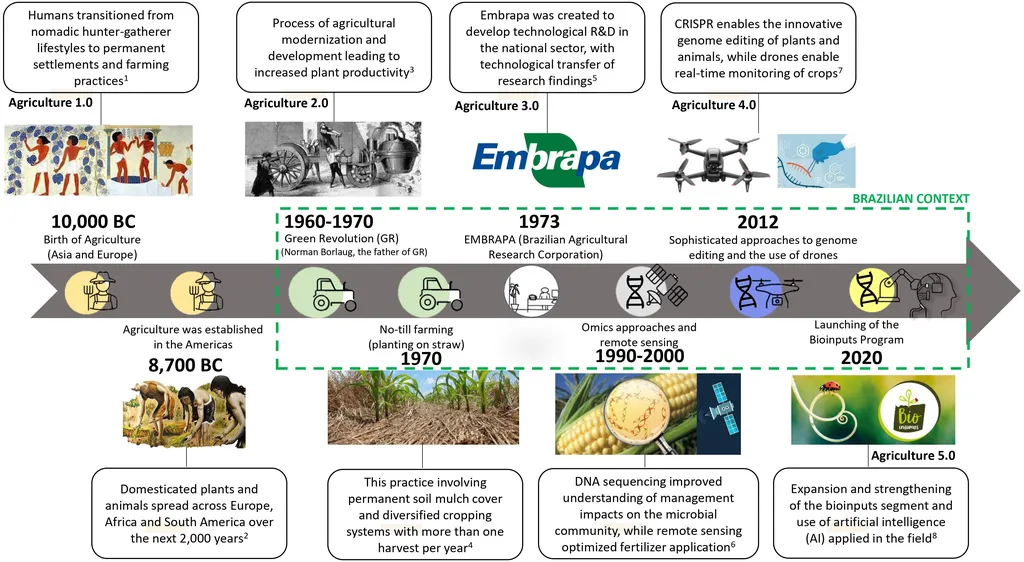In the heart of Brazil, a team of researchers has developed a groundbreaking, low-cost solution that could revolutionize how we understand and manage soil water dynamics. Tallys Henrique Bonfim-Silva, a researcher at the Institute of Agricultural and Technological Sciences, Federal University of Rondonópolis, has led the creation of SOILHP, a device that promises to make the estimation of soil hydraulic properties more accessible and efficient than ever before.
Soil hydraulic properties, such as water retention and hydraulic conductivity, are crucial for effective irrigation management and agro-hydrological modeling. Traditionally, estimating these properties has been a complex and expensive process, often requiring specialized equipment and expertise. However, SOILHP changes the game by integrating low-cost sensors, mini-tensiometers, and cloud-based data logging to monitor evaporation experiments in real-time.
“The beauty of SOILHP lies in its simplicity and affordability,” says Bonfim-Silva. “It eliminates the need for commercial dataloggers and allows for remote, real-time data acquisition. This makes it an accessible tool for researchers and farmers alike.”
The device has been successfully tested using undisturbed soil samples, with inverse modeling tools like Hydrus-1D used to estimate van Genuchten–Mualem parameters. The results were impressive, showing low standard errors and narrow 95% confidence intervals, which underscores the robustness of the inverse solution and the accuracy of the device’s sensors.
One of the most compelling aspects of this research is its potential to impact the energy sector. Understanding soil water dynamics is not just about improving crop yields; it’s also about optimizing water use and reducing energy consumption in irrigation systems. By providing a low-cost, reliable method for estimating soil hydraulic properties, SOILHP could help farmers and agronomists make more informed decisions, leading to more efficient water use and reduced energy costs.
“Efficient water management is not just an agricultural issue; it’s an energy issue,” Bonfim-Silva explains. “By optimizing irrigation practices, we can significantly reduce the energy footprint of agriculture.”
The research, published in the journal Agronomy (which translates to “Agronomy” in English), also explored the estimation of field capacity under different drainage flux criteria. The results aligned with values reported in the literature for tropical soils, further validating the device’s effectiveness.
As we look to the future, the implications of this research are vast. SOILHP could pave the way for more widespread adoption of precision agriculture techniques, helping to create more sustainable and efficient farming practices. It could also inspire the development of similar low-cost, high-impact technologies in other areas of agricultural research.
In a world where water scarcity and energy efficiency are increasingly pressing concerns, innovations like SOILHP offer a glimmer of hope. By making advanced agricultural technologies more accessible, we can take significant steps towards a more sustainable and energy-efficient future.

